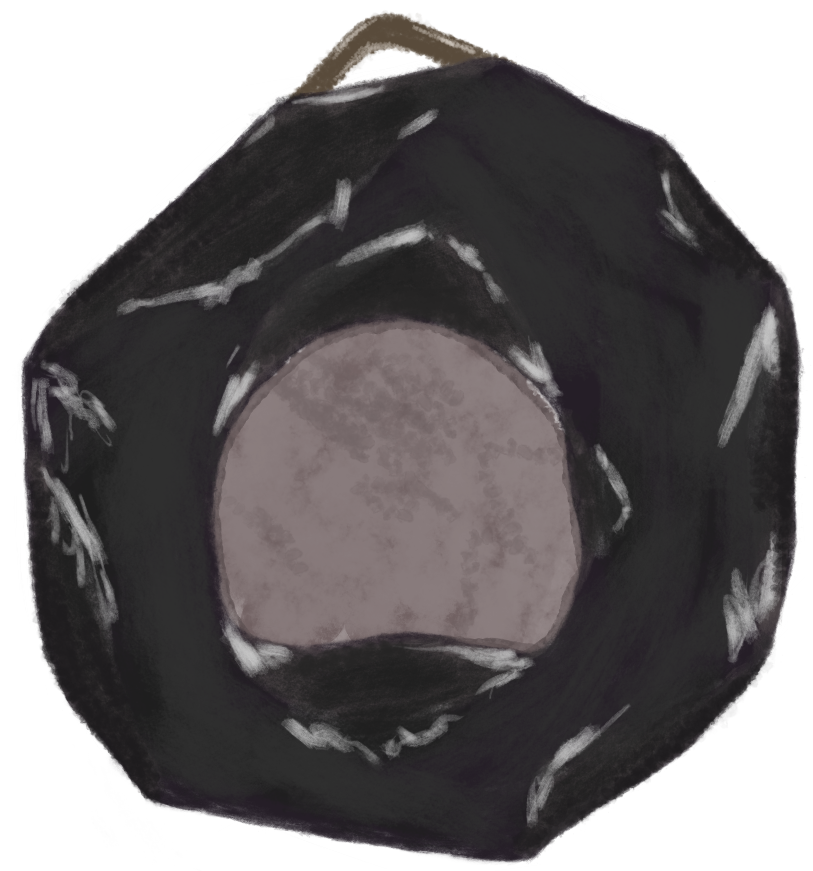Canary Stones
NOTICEAs of Juncet 23rd 1548, all South Beourjen factories with capacities of at least 400 labourers (or employing any labourers under the age of sixteen) are required to have properly coded ventilation, miasma detection, and emergency evacuation systems. Members of the 16th and 33rd Civilians' will carry out inspections the following month, and annual inspections will commence thereafter. For further information, or to request exemption of coding, please see the complete South Beourjen (S) Juncet 1548 Forum.
A niche within the larger idea of spectral seeing stones, canary stones are lenses fashioned of glass and stone that, by way of arcanic properties, may detect certain environmental effects not visible to the naked eye. The lens has two basic and crucial parts: the inner lens itself, which is typically a translucent glass, and the outer black stone ring. Though the inner lens is translucent, areas in which toxic fumes or miasmas are present will be shown through the glass in a colored hue, and this part of the stone is used by holding the lens directly to the eye and peering through it. The other important part is the stone ring, which, in the close and direct presence of toxicity, will glow a soft red similar to the fringe of hotly forged metal.




Great article! This is a very cool tech idea! I also love the definition of "unsafe" XD I love the simple design and manufacture and how well this fits this type of historical worlds, and also that in the end it's not even used all that much because of the cost... The owners are not going to be around all the time and even if so, they won't keep looking with the lenses, right? Though among unintended consequences, I guess that if they use them while having a walk in big industrial cities (if you have them in your world), they would be able to detect the high pollution in the street and around their own houses and might want to do something about as they would not be able to escape it as easily...